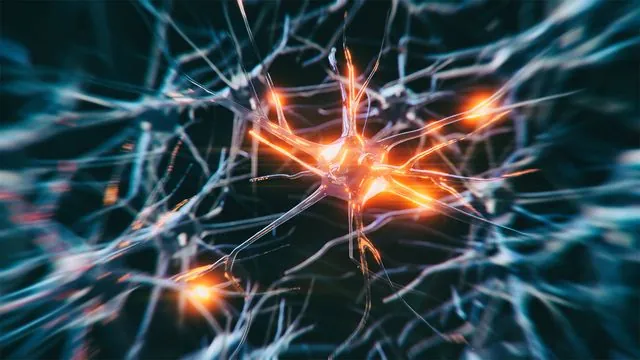
Revolutionary Findings Uncover Genetic Misplacement in Alzheimer's and Dementia
2025-06-26
Author: Rajesh
New Research Sheds Light on Alzheimer's Disease and Frontotemporal Dementia
Groundbreaking research from the Francis Crick Institute and UCL reveals that genetic messages are jumbled within nerve cells affected by Alzheimer's disease and frontotemporal dementia (FTD). This unexpected discovery opens new pathways for understanding these devastating conditions.
The Role of Mitochondria in Cellular Health
The misplaced messages predominantly impact mitochondria, the powerhouses of the cell responsible for energy production. Amazingly, scientists found that a drug currently undergoing clinical trials can help restore proper genetic communication in these cells.
Understanding the Cellular Breakdown
These genetic messages, known as mRNAs, serve as blueprints for protein production, guiding instructions from the DNA in the nucleus. Previous research indicated that some mRNAs float incorrectly within nerve cells afflicted by motor neuron disease, prompting scientists to investigate if a similar phenomenon exists in Alzheimer’s and FTD.
Turning Back Time: From Skin Cells to Neurons
In their study, researchers transformed skin cells from individuals with inherited forms of Alzheimer’s and FTD into stem cells and then into cortical neurons. They meticulously compared these neurons with those derived from healthy donors to identify mRNA misplacement.
Disturbing Trends: Misplaced mRNAs and Their Consequences
What they discovered was alarming: between 82 and 140 mRNAs were found in the wrong locations within the cells bearing neurodegenerative mutations. Ten of these were consistently mislocated across both Alzheimer’s and FTD, with one moving to the nucleus and nine dispersing into the cytoplasm—especially those linked to mitochondrial functions.
A Closer Look: Postmortem Tissue Analysis
The researchers further examined postmortem brain tissue from 40 FTD patients and found significant associations between four of the nine misplaced mRNAs and more severe disease outcomes. These misplacements are not just random occurrences but crucial markers of the disease.



 Brasil (PT)
Brasil (PT)
 Canada (EN)
Canada (EN)
 Chile (ES)
Chile (ES)
 Česko (CS)
Česko (CS)
 대한민국 (KO)
대한민국 (KO)
 España (ES)
España (ES)
 France (FR)
France (FR)
 Hong Kong (EN)
Hong Kong (EN)
 Italia (IT)
Italia (IT)
 日本 (JA)
日本 (JA)
 Magyarország (HU)
Magyarország (HU)
 Norge (NO)
Norge (NO)
 Polska (PL)
Polska (PL)
 Schweiz (DE)
Schweiz (DE)
 Singapore (EN)
Singapore (EN)
 Sverige (SV)
Sverige (SV)
 Suomi (FI)
Suomi (FI)
 Türkiye (TR)
Türkiye (TR)
 الإمارات العربية المتحدة (AR)
الإمارات العربية المتحدة (AR)